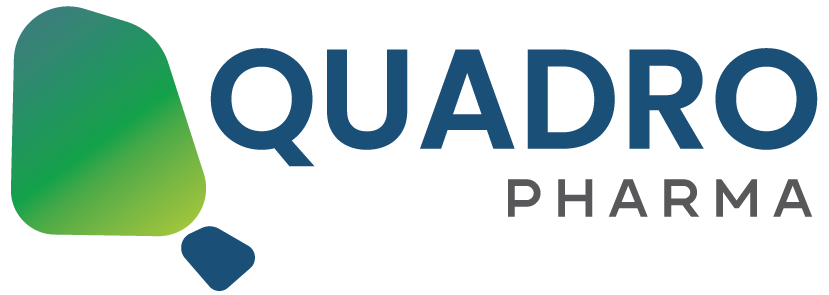The total number of pharmaceutical companies maintaining active research and development (R&D) pipelines worldwide has evolved significantly from 2001 to 2024, reflecting dynamic shifts in industry trends, technological advancements, regulatory landscapes, and healthcare needs globally.
2001-2010: Evolution and Expansion
During the early 2000s, the pharmaceutical industry witnessed a period of robust growth and expansion in R&D activities. Pharmaceutical companies worldwide, ranging from large multinational corporations to emerging biotech firms, intensified their efforts in drug discovery and development. The number of companies actively engaged in R&D pipelines increased steadily, fueled by advancements in genomics, proteomics, high-throughput screening technologies, and computational biology. This era marked significant investments in therapeutic areas such as cardiovascular diseases, oncology, central nervous system disorders, and infectious diseases.
2011-2020: Challenges and Transformations
The pharmaceutical landscape underwent substantial transformations during the 2010s, influenced by factors such as patent expirations of blockbuster drugs, increasing regulatory scrutiny, and growing demand for personalized medicine. The total number of pharmaceutical companies with active R&D pipelines continued to grow, albeit at a slower pace compared to the previous decade. Companies increasingly focused on biologics, specialty medicines, and orphan drugs targeting rare diseases, driven by opportunities for market differentiation and higher profitability.
Emerging markets, particularly in Asia-Pacific and Latin America, saw a rise in the number of local pharmaceutical companies entering the global R&D arena, supported by government initiatives, academic collaborations, and strategic partnerships with multinational firms. These regions contributed to the diversification of therapeutic pipelines and global competitiveness in drug innovation.
2021-2024: Resilience and Innovation
The period from 2021 to 2024 has been characterized by resilience and accelerated innovation in response to global health challenges, including the COVID-19 pandemic. Pharmaceutical companies swiftly adapted their R&D priorities to address emerging infectious diseases, resulting in unprecedented collaboration and rapid development of vaccines, antivirals, and diagnostics.
The total number of pharmaceutical companies with active R&D pipelines continued to expand, driven by advancements in digital health technologies, artificial intelligence (AI), and machine learning. These technologies have revolutionized drug discovery processes, enhancing efficiency in target identification, lead optimization, and clinical trial design. Furthermore, breakthroughs in genomics and precision medicine have paved the way for personalized therapies tailored to individual patient profiles, stimulating investments in oncology, rare diseases, and immunology.
Global Trends and Regional Variances
The distribution of pharmaceutical companies with active R&D pipelines varies across regions, reflecting regional strengths in scientific expertise, healthcare infrastructure, and regulatory frameworks. North America remains a powerhouse with a high concentration of pharmaceutical giants and biotechnology startups engaged in cutting-edge R&D. Europe continues to foster collaborative research initiatives through public-private partnerships and academic institutions, focusing on translational medicine and early-stage drug development.
Asia-Pacific has emerged as a key hub for pharmaceutical innovation, particularly in countries like China, India, and South Korea, leveraging their growing capabilities in biotechnology, clinical research, and manufacturing. These regions attract investments from global pharmaceutical companies seeking to capitalize on expanding patient populations, diverse genetic profiles, and supportive government policies.
Latin America and the Middle East/Africa regions are increasingly participating in global R&D efforts, driven by efforts to address regional healthcare disparities, infectious diseases endemic to these areas, and regulatory reforms aimed at accelerating drug approvals. Local pharmaceutical companies in these regions are enhancing their R&D capabilities through strategic alliances, technology transfer agreements, and capacity building initiatives.
Challenges and Opportunities Ahead
Looking ahead, the pharmaceutical industry faces several challenges and opportunities in maintaining active R&D pipelines. Rising R&D costs, complex regulatory environments, and the need for sustainable business models pose challenges to smaller biotech firms and startups. Global health crises, such as pandemics and antimicrobial resistance, underscore the urgency for collaborative R&D efforts and innovative financing mechanisms to support early-stage research.
On the other hand, advancements in digital technologies, AI-driven drug discovery platforms, and biomarker-driven clinical trials offer promising avenues for accelerating innovation and improving therapeutic outcomes. The integration of real-world evidence, patient-centric approaches, and value-based healthcare models will shape future R&D strategies, emphasizing efficacy, safety, and affordability of new medicines.
Conclusion
In conclusion, the evolution of the total number of pharmaceutical companies with active R&D pipelines from 2001 to 2024 highlights the industry’s dynamic nature, resilience to global challenges, and commitment to advancing healthcare through innovation. As stakeholders navigate the complexities of global markets and scientific advancements, collaboration across sectors and regions will be crucial in driving sustainable growth and addressing unmet medical needs worldwide.




